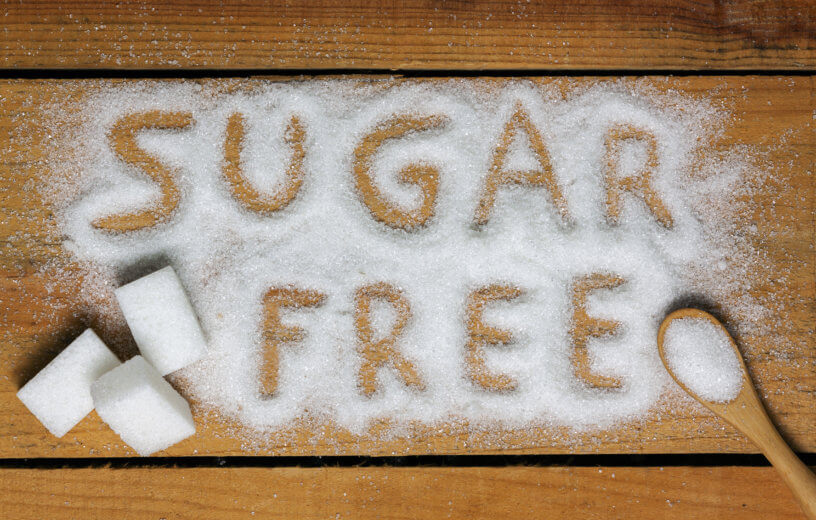CAMBRIDGE, United Kingdom — Artificial sweeteners are a common sight on diner and restaurant tables across the country. Now, a new study may make you think twice about reaching for a few packets. Researchers at Anglia Ruskin University report common artificial sweeteners may cause perfectly healthy gut bacteria to become diseased and invade the gut wall, possibly leading to more serious health issues.
More specifically, this research is the first ever to document the pathogenic effects of saccharin, sucralose, and aspartame (three of the most popular artificial sweeteners) on two varieties of gut bacteria, E. coli (Escherichia coli) and E. faecalis (Enterococcus faecalis).
“There is a lot of concern about the consumption of artificial sweeteners, with some studies showing that sweeteners can affect the layer of bacteria which support the gut, known as the gut microbiota,” says senior study author Dr. Havovi Chichger, Senior Lecturer in Biomedical Science at ARU, in a media release.
“Our study is the first to show that some of the sweeteners most commonly found in food and drink – saccharin, sucralose and aspartame – can make normal and ‘healthy’ gut bacteria become pathogenic. These pathogenic changes include greater formation of biofilms and increased adhesion and invasion of bacteria into human gut cells,” she continues.
Prior research had already shown that artificial sweeteners have the ability to change the number and type of bacteria in the gut. This latest molecular work, however, takes things a step further by revealing that sweeteners can also make gut bacteria infectious. Once diseased, the bacteria attach themselves to, invade, and ultimately kill Caco-2 cells lining the wall of the intestine.
2 cans of diet soda can lead to poor gut health?
After crossing the intestinal wall, bacteria such as E. faecalis typically make their way into the blood stream and gather in the lymph nodes, liver, and spleen. Eventually, this can lead to a number of infections including sepsis. For all three analyzed sweeteners, the amount in two cans of diet soda is enough to significantly increase the clumping of both E. coli and E. faecalis to intestinal Caco-2 cells. This amount also differentially increased the formation of biofilms.
Moreover, bacteria residing and growing within biofilms are less susceptible to antimicrobial resistance treatment and more likely to secrete toxins and express disease-causing virulence factors. All three sweeteners caused pathogenic gut bacteria to invade Caco-2 cells found in the intestinal wall. This is, except for saccharin, which showed no significant effect on E. coli invasion.
“These changes could lead to our own gut bacteria invading and causing damage to our intestine, which can be linked to infection, sepsis and multiple-organ failure,” Dr. Chichger concludes. “We know that overconsumption of sugar is a major factor in the development of conditions such as obesity and diabetes. Therefore, it is important that we increase our knowledge of sweeteners versus sugars in the diet to better understand the impact on our health.”
The findings, however, are met with objections from the International Sweeteners Association (ISA), which claims that current evidence show no adverse effect of low/no calorie sweeteners on gut microbiota. In a statement to StudyFinds, the agency strongly rejects the study.
“The in-vitro study design limits the relevance of any findings by Shil et al. to humans, as such studies cannot reproduce the whole, complex, interactive system that is present in humans or animals,” the ISA says. “For example, in the current experiment, isolated bacteria were exposed for two consecutive days to high concentrations of low/no calorie sweeteners out of the human body. This study design ignores the well documented pathways of the different sweeteners’ metabolism in the gut and the time and amount of sweeteners that reach the gut microbiome. Therefore, these results cannot be predictive of what would happen in real-life use of low/no calorie sweeteners.”
The study is published in the International Journal of Molecular Sciences.
